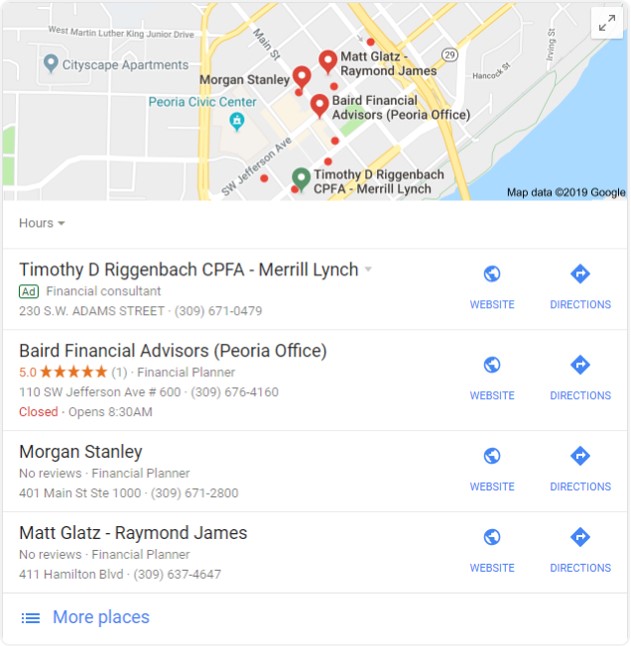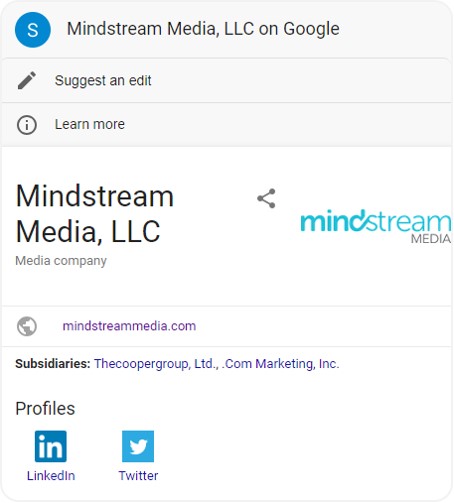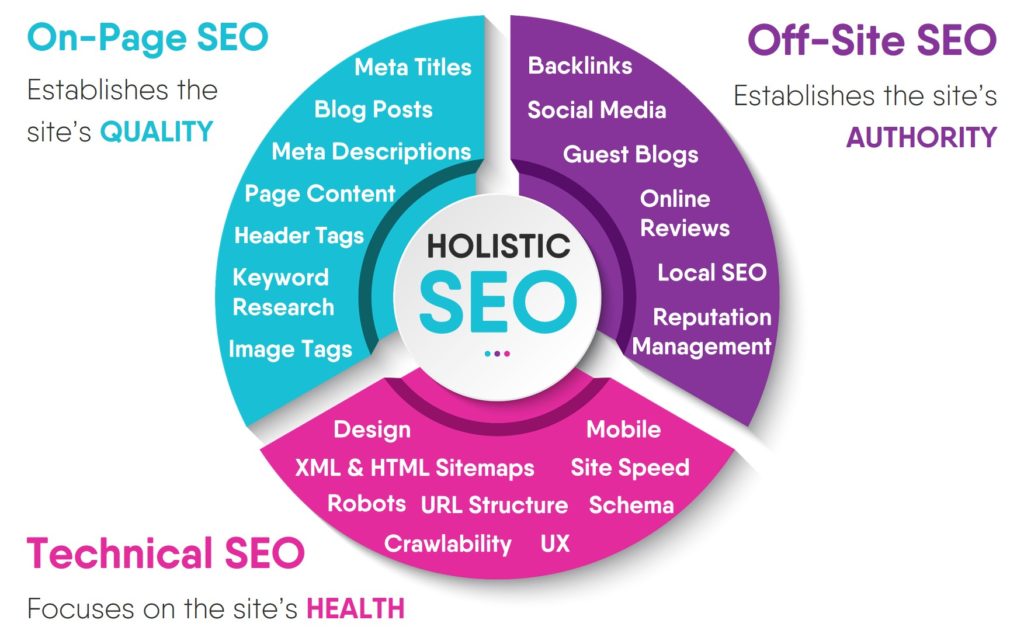SEO Fundamentals: What is SEO and How Does It Work?
If your brand operates online in any way, it’s important to have a search engine optimization (SEO) strategy to make sure consumers can find and navigate your website. But the truth is, while pretty much every brand has an online presence, many still haven’t implemented a holistic SEO strategy.
A big part of the problem stems from a lot of digital marketers not knowing exactly what is SEO and how it works. Marketers lack of SEO knowledge is understandable, though. As a discipline, SEO is fairly technical, incredibly nuanced and constantly evolving. Because SEO changes so often, your strategy needs to constantly evolve to keep up with the latest best practices.
If you’re not sure how to implement an SEO strategy for your brand’s website (or if you think your current strategy needs an overhaul), we’ve put together a three-part SEO series to teach you how. In part one, we’re going to help you get started by addressing two main questions:
- What is SEO?
- How does SEO work?
What is SEO?
SEO is the process of optimizing a brand’s online presence to improve its search engine rankings and drive organic traffic to its digital properties – namely, its website.
While there are a bunch of search engines, SEO pros typically focus on one – Google. Some estimates put Google’s market share somewhere around 65 percent, but there’s evidence that those numbers are low. SEO aficionado Rand Fishkin recently argued it was probably more like 90 percent. (If you ask me, here’s all the proof you need that Google is the dominant player: when’s the last time you heard some say they were going to Bing something or tell you to just Duck Duck Go it?)
Moral of the story: when it comes to search engines, Google is king and your SEO efforts are best dedicated to optimizing your site around its best practices (which are pretty similar to other search engines anyway).
Google’s search engine result pages (SERPs)
If you’re just getting started with SEO, it helps to have a basic understanding of the main types of organic search results (non-paid results) on Google.
Local search results
For local searches, Google displays a “Local Pack” that typically appears at the top of the SERP or below the paid ads. These results feature a map with markers of each location with links to the businesses’ local listings below.

Organic search results
In searches that include all three result types, Google displays organic results below paid ads and the local pack. The organic results link users directly to the webpage’s URL that’s described in the search snippet.

Knowledge Graph panel
For searches about specific businesses or entities, Google often serves up a panel toward the top of the SERP with contact information and basic details.

Featured Snippets
These search results are displayed at the top of the page for searches that ask basic questions. Featured snippets offer searchers quick answers to their questions and feature information from the page above the URL. 
Related: How Featured Snippets Help You Conquer Google’s Search Results
Voice search results
You won’t see these results on a typical SERP. In fact, you won’t see these results at all. These results are the one and only response searchers receive when they conduct a voice search with Google Home’s digital assistant.
Related: Voice Search Marketing – How to Reach Smart Speaker Users
How does SEO work?
Now that we have a better understanding of the search landscape, let’s take a look at the mechanics of SEO. There are hundreds of factors SEO pros can optimize to improve your website’s visibility in organic search results. Figuring out the best strategy for each site requires an in-depth understanding of Google’s search algorithms.
The bad news: Google doesn’t share much about those algorithms so SEO practitioners have to spend a lot of time studying, hypothesizing and testing various strategies to find out:
- Which ranking factors does Google use in its algorithms
- Which ranking factors are most important to Google
- What are the best ways to optimize those factors to improve rankings
The good news: SEO pros have been at this for almost as long as Google has been around and we’re pretty good about sharing our observations with the community. Thanks to this collaborative atmosphere, we have a pretty good idea of what it takes to improve a site’s rankings the right way.
How Google ranks sites
Google uses bots to constantly crawl the web to discover webpages. Once the bots find a webpage, Google uses the page’s technical SEO elements and copy to determine what it’s about. Then, Google uses a process known as indexation to organize the page based on its main topics. Once indexed, Google evaluates the page’s relevance and authority for related search terms. Finally, Google uses the health, quality and authority of the page to determine its rank each time a user enters a related search.
How to impact Google’s rankings
SEO is both an art and a science, so there are various ways to approach it. At Mindstream Media Group, we take a holistic approach to SEO centered around three main areas:
Technical SEO
Ensures sites are compatible with Google’s guidelines so they can be indexed and ranked for related search terms.
On-Page SEO
Improves a website’s quality scores, makes the site more search engine friendly and provides searchers the information they need.
Off-Site SEO
Plays a major role in a site’s ranking by helping Google determine each page’s relevance, trustworthiness and authority.

This holistic approach to SEO allows us to accomplish a variety of objectives that deliver real results for our clients:
- Improved search rankings: Making the site easy for search engines to crawl, index and understand > which improves the site’s rankings in relevant searches > which makes it easier for consumers to find the site
- Increased organic traffic: Optimizing the technical components that display in search results (e.g., title tags and meta descriptions) > which encourages searchers to click > which drives organic traffic to the site
- Lead nurturing: Improving the site’s user experience (UX) and content > which makes it easier for visitors to navigate the site and find the information they need > which leads to more conversions (e.g., calls, form submissions, etc.)
Why you need an SEO strategy for your site
Search isn’t just a niche market or a channel that’s nice to have in your overall digital marketing arsenal. Consumers rely on search to find the information they need to research and make purchases. If you’re still on the fence about SEO, make sure to read more at the links below.
Parts two and three of this series:
Part 2: 10 Reasons You Need an SEO Strategy
Part 3: How to Conduct an SEO Audit
More from Mindstream Media Group

Meet the Mindstreamer – Chandler Swanner
Chandler Swanner’s interest in advertising dates back to her childhood. Her mother (and role model in life) was a Media […]

Third-Party Cookie Phase-Out: What Marketers Need to Know
Cookies are an essential part of internet usage, allowing websites to remember you and provide a more personalized experience. This […]

Meet the Mindstreamer – Kaya Bucarile
She plans and oversees media strategy for agency clients, working closely with project and platform managers to ensure that we […]
